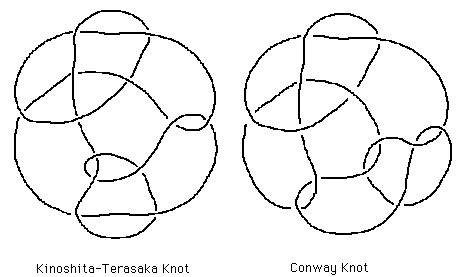KNOTS and QUIPU
I would like to suggest the reader to pay a visit to the web-page by Luis Kauffman. His researches are
fundamental for knot theory. Rather
important objects in theory, knots are now quite studied in macromolecules science and biology (see the structure of the molecular Borromean
rings reported by Stoddart et al. Science 2004, 304,
1308–1312, and the article “Intricate Knots in Proteins”, by Virnau
et al. Computational
biology).

Archaeologists have
discovered that knot tying dates back to prehistoric times. Besides their uses
in tying objects together, knots have interested humans for their aesthetics
and spiritual symbolism. Knots appear in various forms of Chinese Arts dating
from several centuries BC, in the Chinese
knotting. An endless knot appears in Tibetan
Buddhism, while the Borromean rings have made repeated appearances in
different cultures, often representing strength in unity. Spirals and
patterns are dominant motifs in
Celtic art prior to the Christian influence on the Celts, which began around
A thread
with knots turns out to be as
recording information: this is what Incas discovered.
Incas developed a recording/writing system based on threads and knots, named
"quipu" ("knot" in
quechua). Some scholars guess that quipus were simply recording
media. Others believe that this is a true
writing system. Quipus are rare
and precious, because the main part was destroyed by Spanish conquerors. It
seems to be possible that Incas had another recording system, using pottery in
the shape of human heads with different face expressions.
